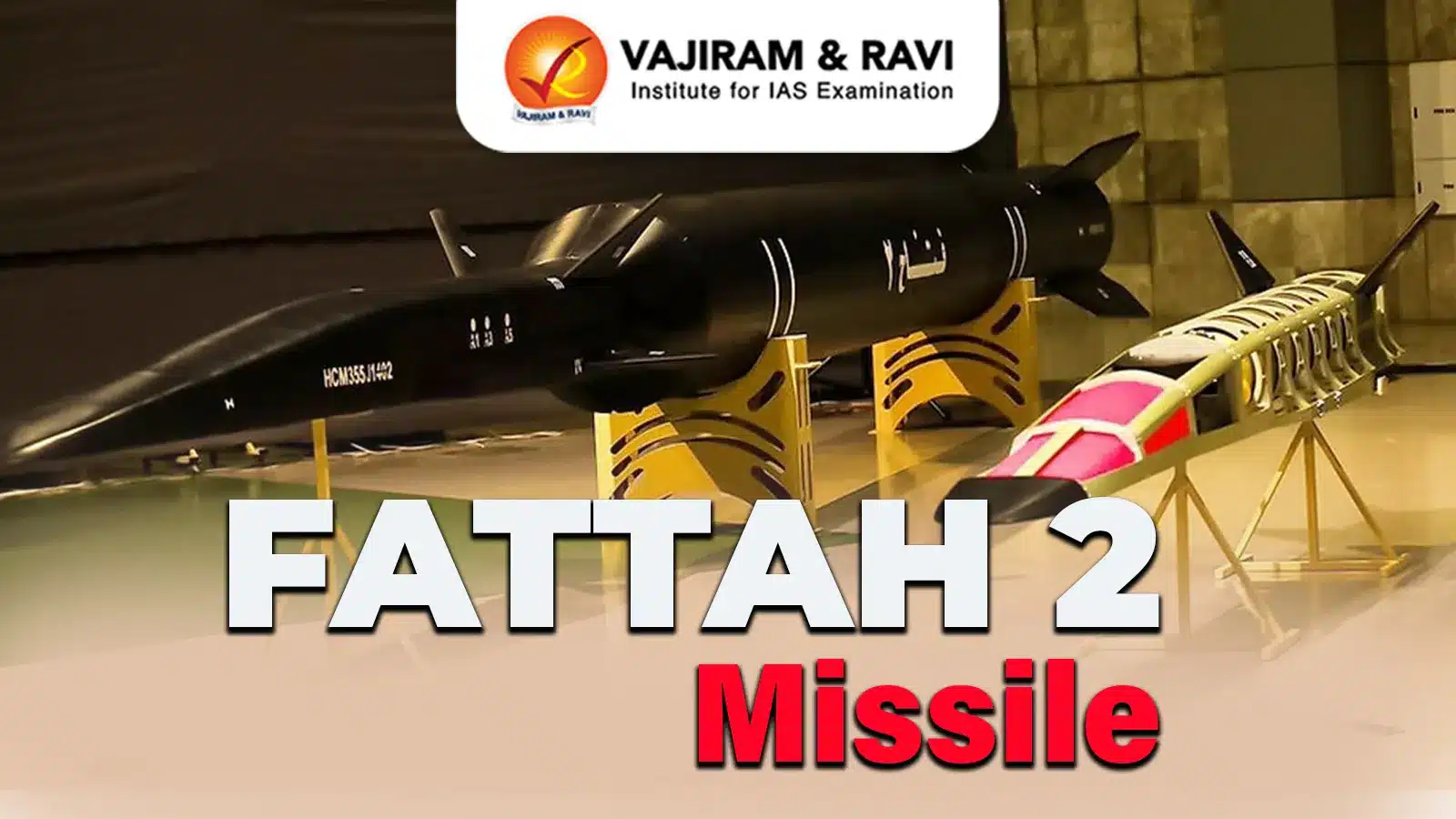Euclid Space Telescope Latest News
Galaxies in Different Shapes Captured by Euclid
About the Euclid Space Telescope
- Named After: Euclid of Alexandria, an ancient Greek mathematician known for his contributions to geometry.
- Part of: ESA’s Cosmic Vision Programme, which aims to explore the origin, components, and fundamental laws governing the universe.
- Launch Vehicle: SpaceX Falcon 9 rocket.
- Operational Lifespan: Minimum 6 years.
- Orbit: 1.5 million km above Earth, at the Lagrange Point 2 (L2), a stable gravitational point in space.
- Size: 4.7 meters tall and 3.7 meters in diameter.
- Image Quality: Four times sharper than ground-based telescopes.
Scientific Objectives
- Investigate why the universe is expanding at an accelerating rate (a phenomenon attributed to dark energy).
- Study the distribution of dark matter by observing how galaxies and cosmic structures have evolved over billions of years.
- Map the large-scale structure of the universe in 3D to understand the effects of gravity and cosmic expansion.
Scientific Instruments
- Visible-Wavelength Camera (VISible Instrument – VIS): It captures high-resolution images of galaxies.
- Helps detect tiny distortions in galaxy shapes caused by gravitational lensing—a method used to study dark matter.
- Near-Infrared Spectrometer and Photometer (NISP): It measures how fast galaxies are moving apart, providing insight into the influence of dark energy over time.
- Developed with NASA’s contribution, including sensor-chip electronics and detectors.
Key Observations and Data Release
- The Deep Field South region, observed for one week, contains 26 million galaxies, some over 10.5 billion light-years away.
- The telescope aims to survey 1.5 billion galaxies over its six-year mission, covering a third of the sky.
- The first cosmology data release is scheduled for October 2026.
Comparison with Other Missions
|
Mission |
Agency |
Objective |
Expected Launch |
|
Euclid |
ESA (with NASA) |
Study dark energy & dark matter, and cosmic structure |
Launched July 2023 |
|
Nancy Grace Roman Telescope |
NASA |
Study dark energy, exoplanets, and infrared astrophysics |
By 2027 |
|
James Webb Space Telescope (JWST) |
NASA/ESA/CSA |
Study early galaxies, star formation, and exoplanets |
Launched 2021 |
Euclid Space Telescope FAQs
Q1. What is the Euclid Space Telescope?
Ans. The Euclid Space Telescope is a European Space Agency (ESA) mission designed to study dark matter and dark energy by mapping the universe’s large-scale structure.
Q2. When was Euclid launched?
Ans. Euclid was launched on July 1, 2023, aboard a SpaceX Falcon 9 rocket from Cape Canaveral, Florida.
Q3. What is Euclid’s primary method of observation?
Ans. Euclid observes galaxies across 10 billion years of cosmic history using visible and near-infrared imaging along with spectroscopic techniques.
Q4. Where is Euclid located in space?
Ans. Euclid operates from the Lagrange Point 2 (L2), approximately 1.5 million km from Earth, providing a stable environment for deep-space observations.
Source: WP
Last updated on June, 2025
→ UPSC Notification 2025 was released on 22nd January 2025.
→ UPSC Prelims Result 2025 is out now for the CSE held on 25 May 2025.
→ UPSC Prelims Question Paper 2025 and Unofficial Prelims Answer Key 2025 are available now.
→ UPSC Calendar 2026 is released on 15th May, 2025.
→ The UPSC Vacancy 2025 were released 1129, out of which 979 were for UPSC CSE and remaining 150 are for UPSC IFoS.
→ UPSC Mains 2025 will be conducted on 22nd August 2025.
→ UPSC Prelims 2026 will be conducted on 24th May, 2026 & UPSC Mains 2026 will be conducted on 21st August 2026.
→ The UPSC Selection Process is of 3 stages-Prelims, Mains and Interview.
→ UPSC Result 2024 is released with latest UPSC Marksheet 2024. Check Now!
→ UPSC Toppers List 2024 is released now. Shakti Dubey is UPSC AIR 1 2024 Topper.
→ Also check Best IAS Coaching in Delhi
























